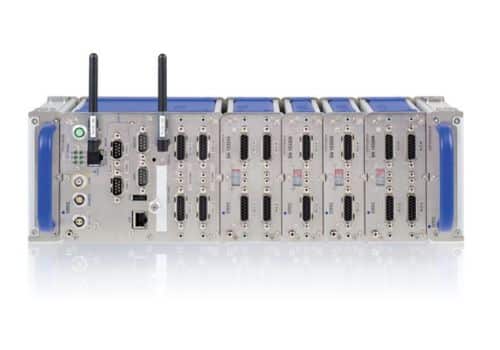Australia is committed to leading the world in commercializing low-emission technologies. By investing in local manufacturing capabilities and supporting the growth of emerging low emissions energy technologies, such as clean hydrogen, ultra-low-cost solar, energy storage, Carbon Capture and Storage (CCS), low emissions steel, and reduced methane emissions from livestock, we have successfully powered the local economy with reduced greenhouse gas (GHG) emissions.
To accelerate the deployment of these emerging technologies, the government has supported research and development activities in renewable energy technologies like solar, wind, and hydrogen. While renewable energy technology has been seen as a clean alternative to fossil fuels with reduced total emissions, its primary challenge is maintaining a reliable electricity supply. Energy storage systems like lithium-ion batteries have been developed to address this challenge, allowing consumers greater control and taking full advantage of the solar energy they generate from their solar panels.
Although the Australian battery industry contributes approximately $1.3 billion of the annual GDP and supports over 6000 jobs, the production process still relies on shipping and processing raw materials overseas to produce battery-grade materials, which are then exported back to Australia. This additional step has increased the price of locally-made batteries, making it more economical to outsource battery manufacturing to countries with cheaper workforces specializing in this technology.
To support the local economy, the government has initiated programs to boost local manufacturing capabilities, including battery manufacturing, to accelerate the deployment of renewable energy. Bringing battery technology manufacturing back to Australia provides more opportunities for local employment and supports the local economy. The feasibility of local manufacturing depends on reducing manufacturing costs while maximizing energy storage density and operating life.
Precision sensors are used to develop a fully-automated manufacturing system to streamline production, bringing down the manufacturing cost. Typical applications include measurement during the production of solar panels or batteries, such as electrode manufacturing, assembly and forming processes.
The critical control parameter in manufacturing a high-quality battery is the thickness of films, wet layers and electrode coatings. Manufacturers must meet these specifications while optimizing production and minimizing waste.
An inline measurement system is a practical approach for continuous measurement in manufacturing. It can allow the control system to alter the processing parameters to bring the thickness back to the acceptable range if it deviates from the specification limit.
Sensors for Thickness Measurement Applications
Sensors’ accuracy is crucialwhen selecting sensors for inline thickness measurement systems. Users must use sensors that can provide measurement reliability within the required specification. The combined accuracy can be affected by various factors such as environmental influences, errors, and inherent accuracy.
Generally, optical non-contact laser displacement sensors are used for thickness measurement applications. At least two laser sensors are required and they must be installed directly opposite one another in perfect alignment. This configuration ensures both sensors measure at the exact position on the object as the slight degree of misalignment in the sensor position can produce reasonable measurement errors which will amplify if the target moves in the measurement field.
In addition, it is also crucial to synchronize the sensors for them to measureat the same time. If synchronization does not occur, it will produce erroneous results as each sensor will measure at different timelines. This behavior is likely to occur due to micro-vibration or conveyor belt movement. Each sensor has a slightly different linearity that varies by the percentage of its measuring range.
The sensors must be mounted such that they can achieve stable and reliable measurements. This can be done by isolating the mounting frame from any vibration source. The mounting bracket must be made from materials with minimum thermal expansion to minimize the movement of sensors due to temperature variation. An integrated automated thermal compensation was implemented to eliminate the errors due to the expansion of materials. Regular calibration of sensors can be performed to minimize non-linearity errors.
Sensors for Thermal Monitoring
Continuous thermal monitoring during the initial charging and discharging of batteries is crucial to understanding the temperature distribution inside the cell to identify faults such as short-circuiting. Non-contact sensors such as thermal imaging or pyrometers are best used for temperature measurement tasks in a production environment. The measurement does not interfere with the process, enabling easy control and integration. Thermal imagers can also provide multiple measuring fields simultaneously and can be integrated with the control system to activate control response if the measurement exceeds the set limit values.
Data acquisition for battery testing
Extensive test and validation activities must be performed during the R&D of new battery or battery management systems. These tests may be carried out in a special chamber and require extensive sensors and instrumentation.
For example, numerous measurement points must be established to analyze the battery and its cells. This may include the measurement of cell voltages and battery temperature during charging and discharging cycles. The data acquisition system used for this application must be isolated due to high voltage. The measurement system with CAN / BUS protocol is ideal for this type of application due to the ease of automation and integration between all measurement sensors.
Would you like more information from one of our experts?
Contact us for discussion



